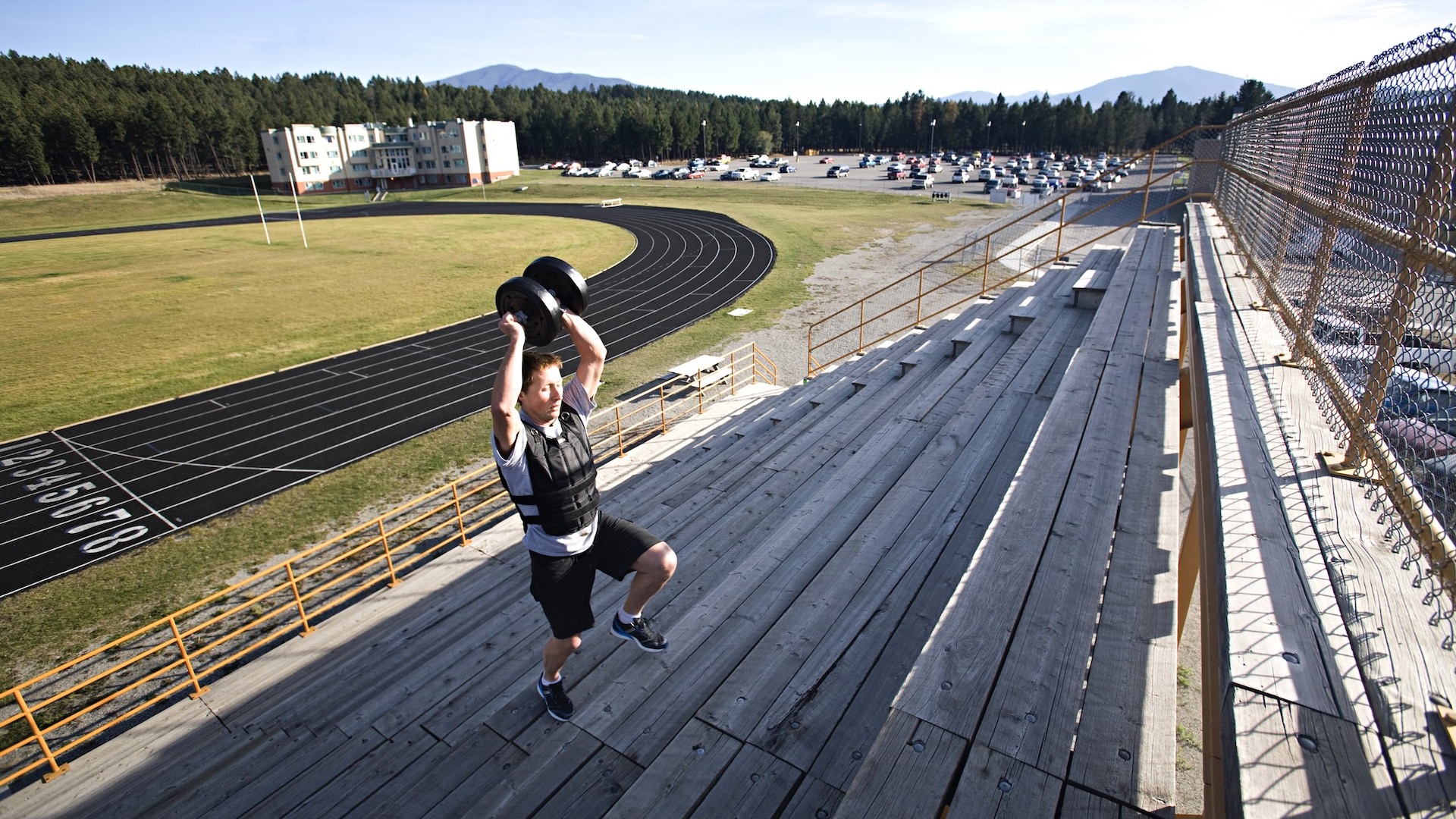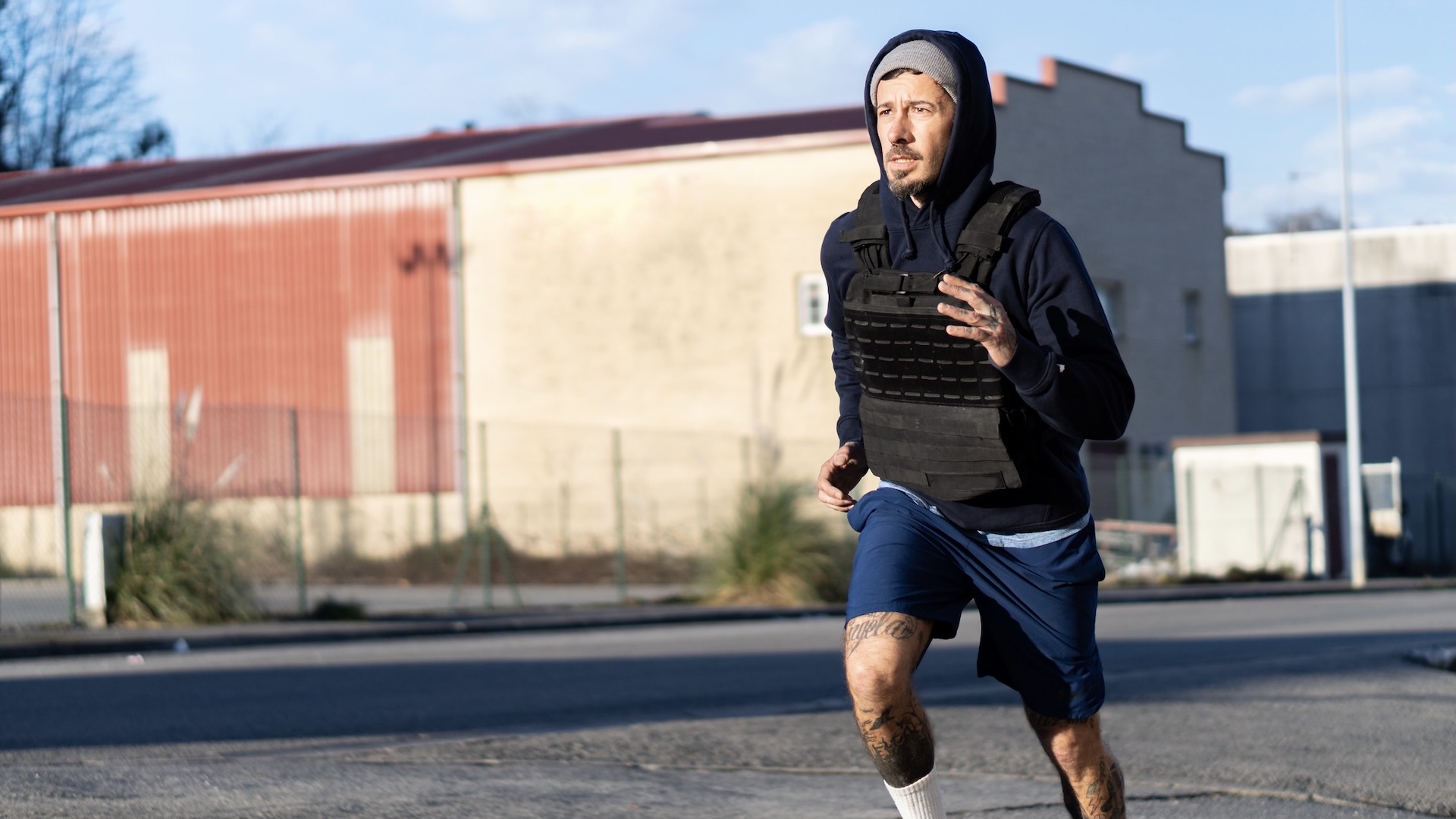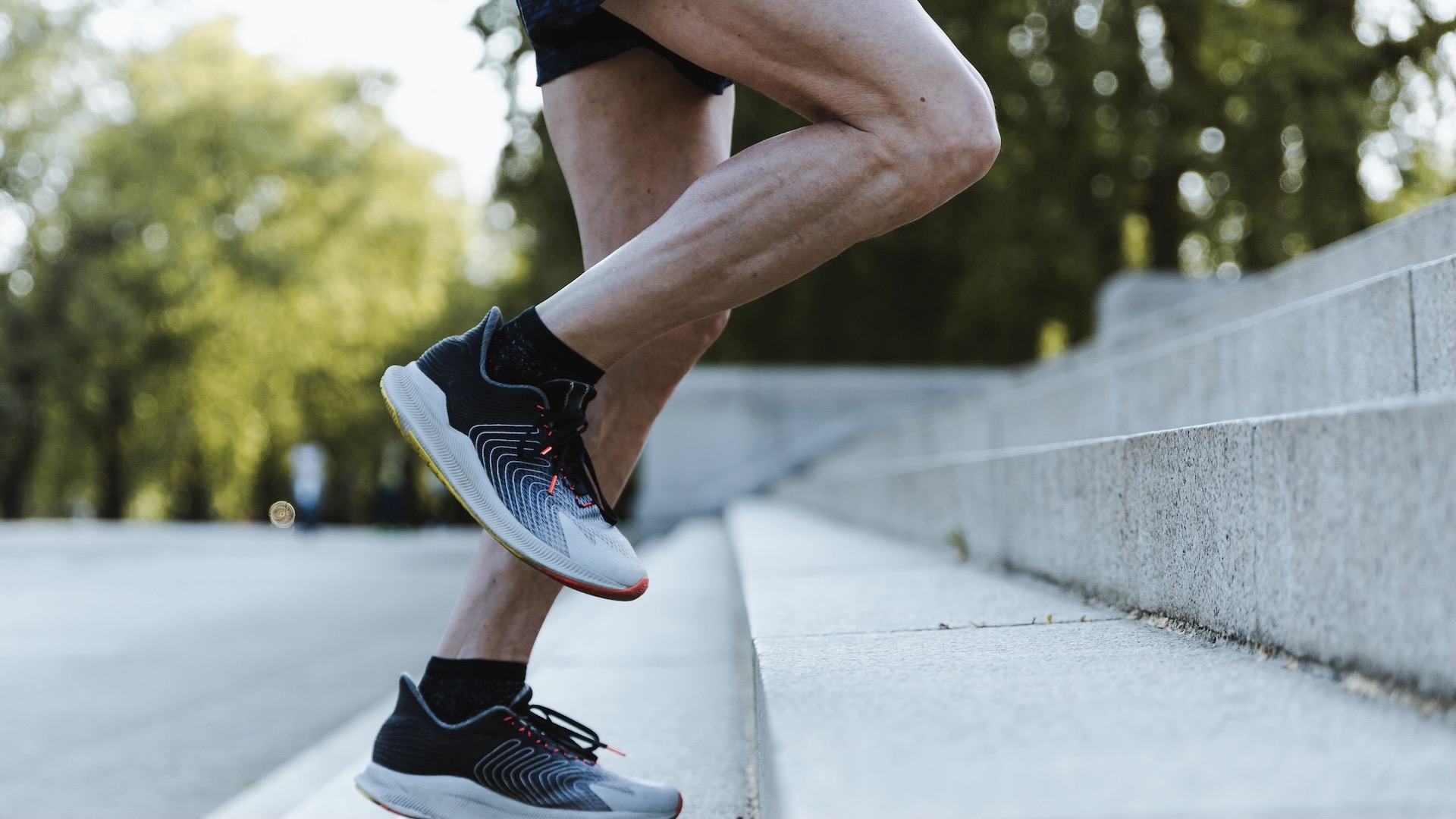Runner advice: are weighted vests worth it?
A guide to the pros and cons of a weighted vest for runners

The theory goes that a weighted vest is an aid to increasing fitness and performance. For runners, it’s claimed that wearing a weighted vest for some training sessions can improve running speed, endurance and muscular strength.
How does a weight vested work?
A weighted vest is literally that! It is a vest of various different weights that you wear over or under normal running clothing. It makes your body weight heavier overall.
Wearing the weighted vest while running increases the intensity of a running session because it will be harder to perform exercise compared to running while carrying your normal body weight. In particular, a weighted vest works leg muscles harder because of the need for increased push-off power.
A weighted vest helps to develop strength, endurance and cardiovascular health. By adding extra mass it forces your body, muscles, bones and heart to work harder.
The added weight increases the force at which you exert yourself, which leads to faster energy depletion. It’s claimed that a running vest will improve your running fitness faster than simply running and carrying your normal body weight.
Then, when you remove the extra weight, most runners find exercise is easier than before.
But runners want to shed weight not add it, don’t they?
It will seem like an odd thing to do to run with a weighted vest especially as many runners are keen to lose weight or slim down to make their running easier.
Advnture Newsletter
All the latest inspiration, tips and guides to help you plan your next Advnture!
The less you weigh, within reason, the easier it is to run faster because your muscles and heart do not need to work as hard to move your body weight forwards.
However, performing some running sessions with the addition of a weighed vest can improve fitness and strength more quickly.

Weighted vests: tell me more
For the body to adapt and grow stronger it needs to be put under some stress. Bones and muscles respond to this stress if you then allow them to recover. The stresses, for example micro tears in the muscles, will recover and create stronger muscles.
Wearing a weighted vest leads to greater stress on the bones and muscles, which means, if you allow them to rest and recover after a training session, they will build and grow stronger.

But, what about that extra strain on my body?
Speak to many runners and they will tell you they would like to be a bit lighter. This is because the less you weigh, within reason, and in proportion to muscle strength, the easier it is to run faster. Your muscles and heart do not need to work as hard to move your body weight forwards.
So adding a weighted vest will make running harder. But, the aim is to only wear the weighted vest for some running sessions as a way to improve strength, fitness and endurance.
Right, so when do I wear a weighted vest?
One idea for runners who are training for a long-distance event is to wear a weighted vest to reduce the time and distance of some training sessions. Because the body needs to work harder with each step taken, it means you can put your body though a harder workout while wearing a weighted vest.
In fact, the advice of sports experts is that you should restrict the amount of time that you wear a weighted vest and, like many run training plans, build up the weight that you are carrying.
One successful UK ultra runner, William Sichel, has been using the weighted vest technique in training for decades. Sichel makes use of a weighted vest partly because he lives on a small Scottish island.
The island is so small that there are limited distances that he can run without having to run back again. Repeating the same route over and over is obviously boring but if he wears a weighted vest he can reduce how many times he repeats that run.
It could be that you are a runner who also has limited routes to run, or you want to add a boost to a track running session.
It makes sense that if you are training for very long running events, you can reduce the distance or time, by wearing a weighted vest.
What else is a weighted vest good for?
Forcing your body to carry extra weight can help when trying to lose weight. Heavier people will burn more calories because their bodies require more energy to carry out the same tasks, therefore wearing a weighted vest while walking or running can aid a weight loss strategy.
A weighted vest can also be useful for increasing strength during weight bearing exercise sessions. You could wear the weighted vest for a strength and conditioning session. Of course, lifting weights will be part of this type of exercise session, too, but the addition of a weighted vest could lead to extra strength building.
How heavy should a weighted vest be?
Research has suggested that weighted vests should be between four and 10% of your current body weight, but no more than 10%. The advice is to start with a lighter vest and build up to no more than 10%.
Are there any negatives of a weighted vest?
The obvious drawback of a weighted vest is that you are likely to run slower. Carrying the extra weight will slow your pace.
If the weighted vest is too heavy or you wear it for too long you may end up causing too much stress to the muscles, joints and bone. We all know the advice is to lose weight to reduce the stress on our bodies, and this applies as well if you are wearing a weighted vest for too long.
Also, a weighted vest might put more pressure on bones and joints than you need. It is important to use lighter weighted vests to start with to see how your body copes – and if it adapts.
Rather than spending money on a weighted vest, you could add weight to a running pack or vest.

Fiona Russell is a widely published adventure journalist and blogger, better known as Fiona Outdoors. She is based in Scotland and is an all-round outdoors enthusiast with favorite activities including trail running, mountain walking, mountain biking, road cycling, triathlon and skiing (both downhill and backcountry). Aside from her own adventures, Fiona's biggest aim is to inspire others to enjoy getting outside and exploring, especially through her writing. She is also rarely seen without a running skort! Find out more at Fiona Outdoors.
